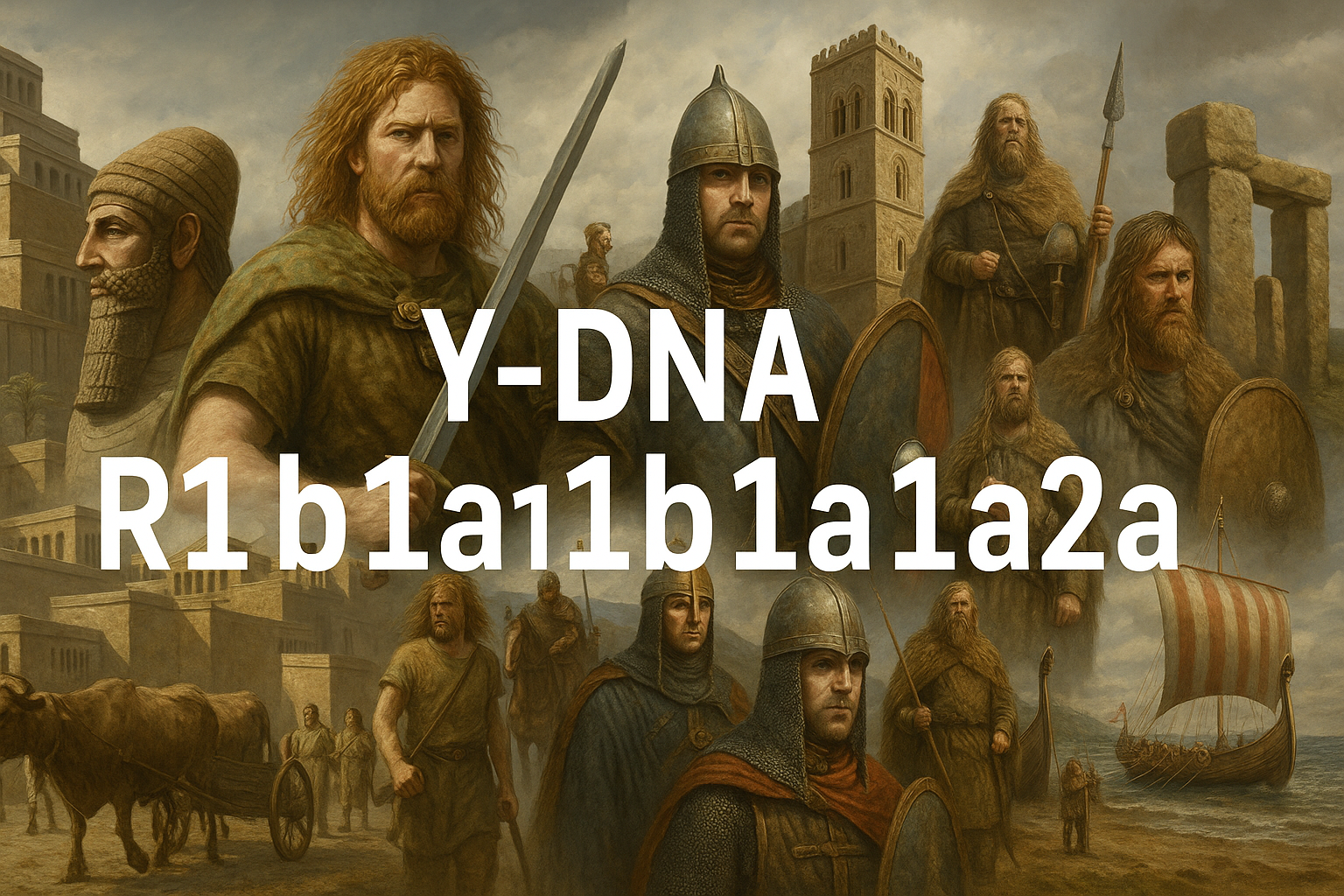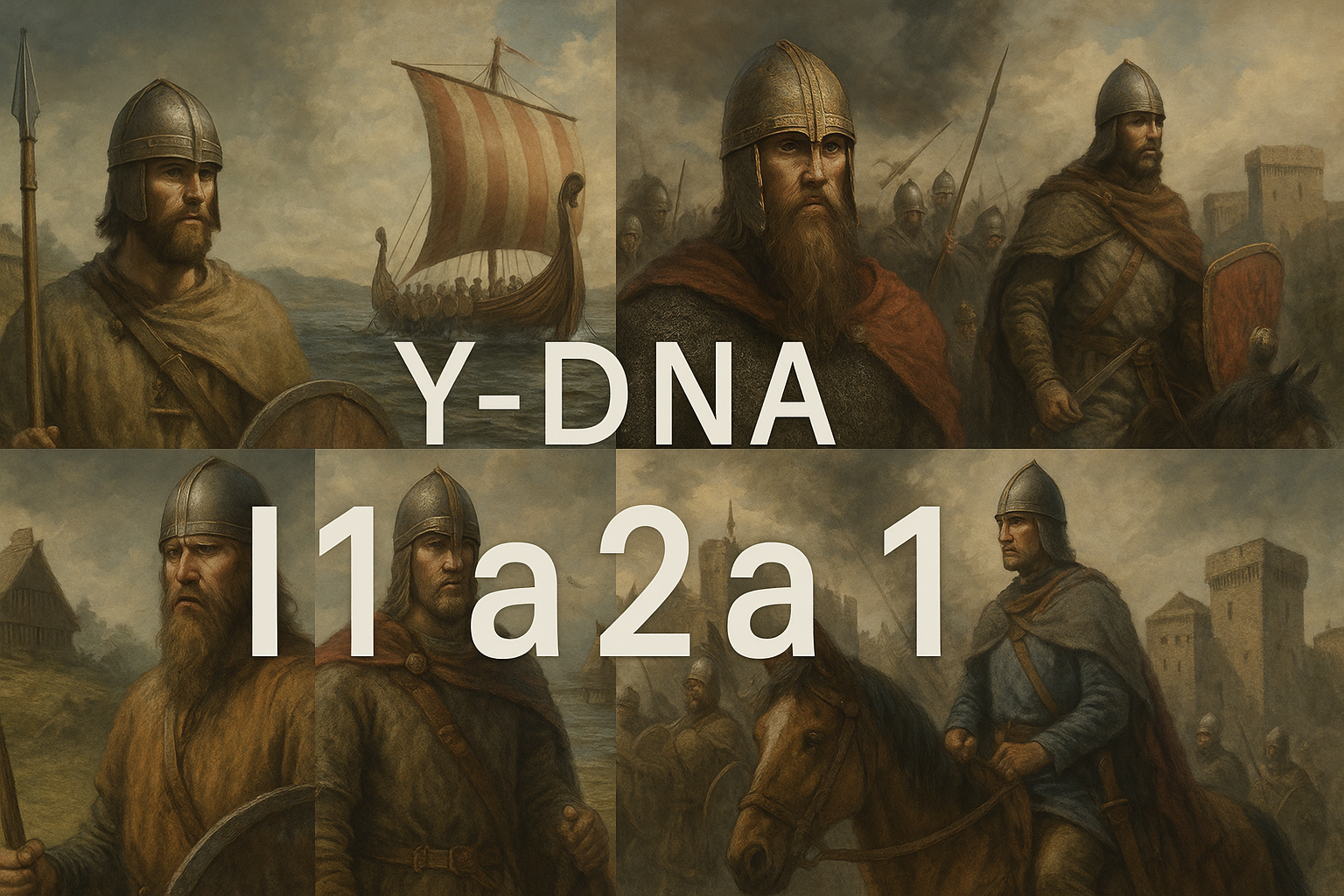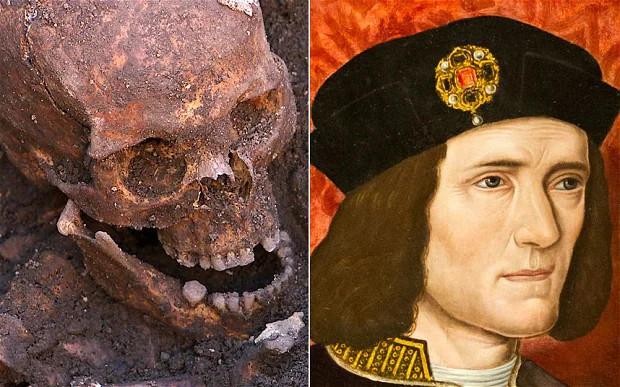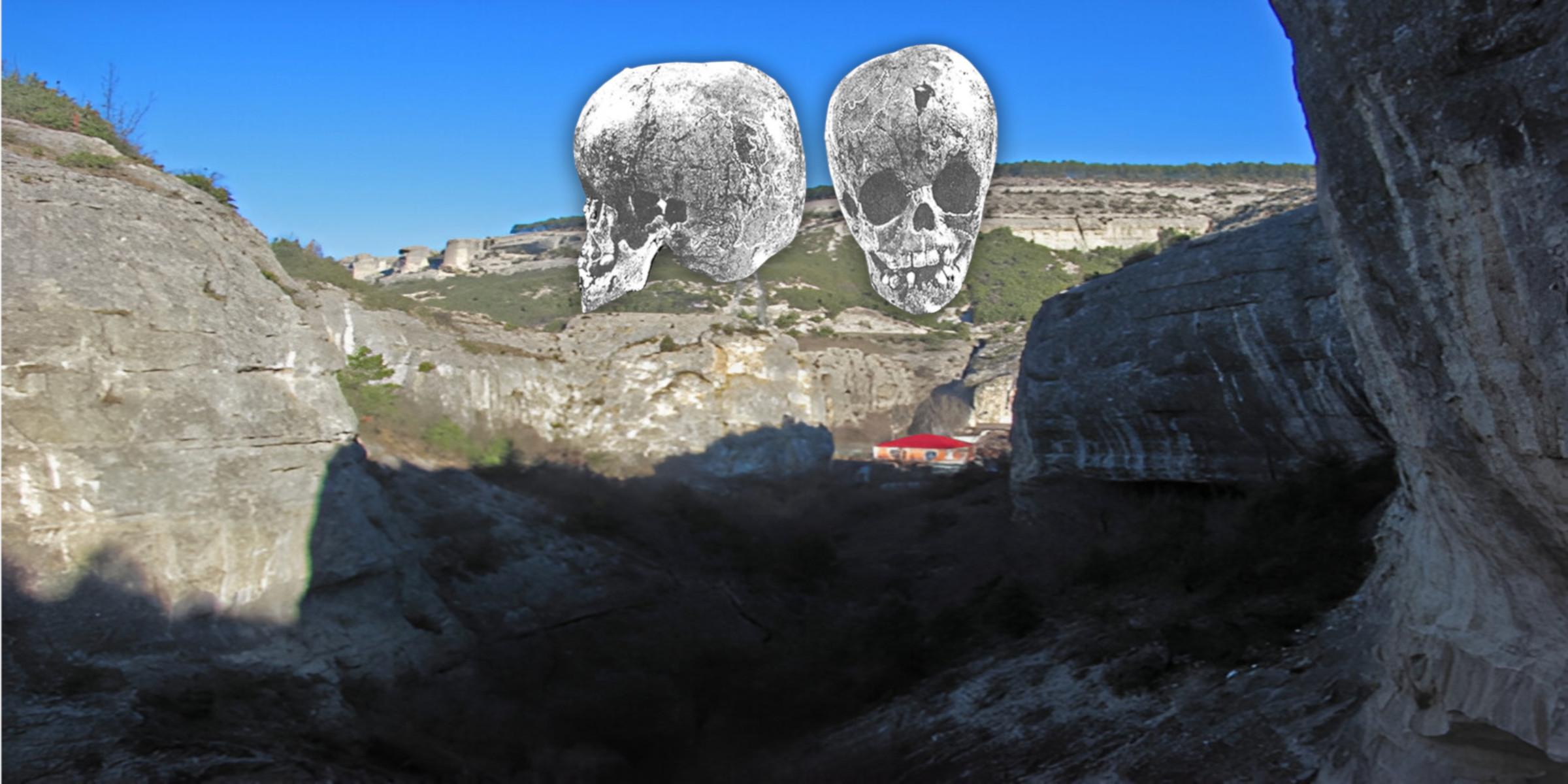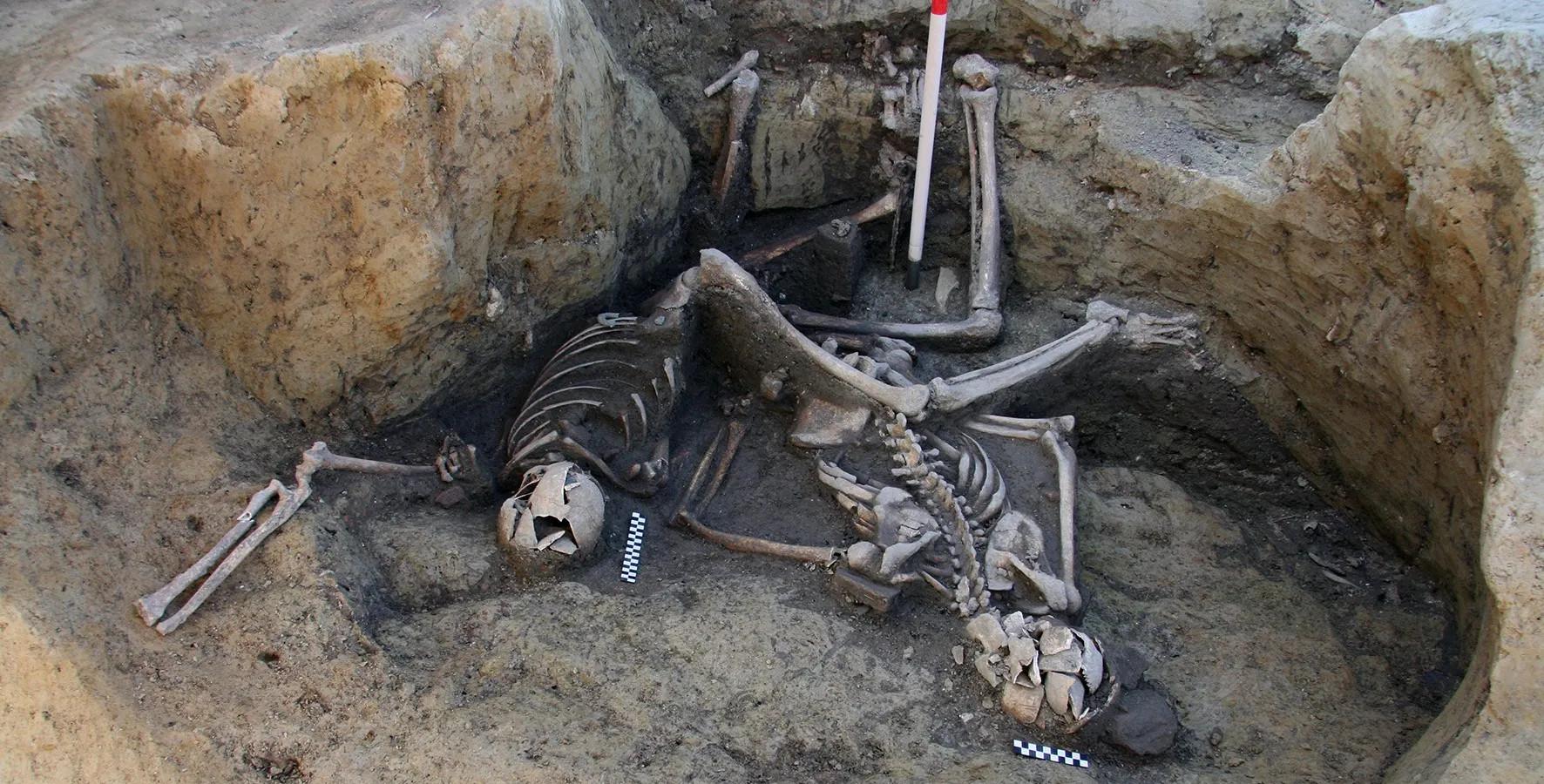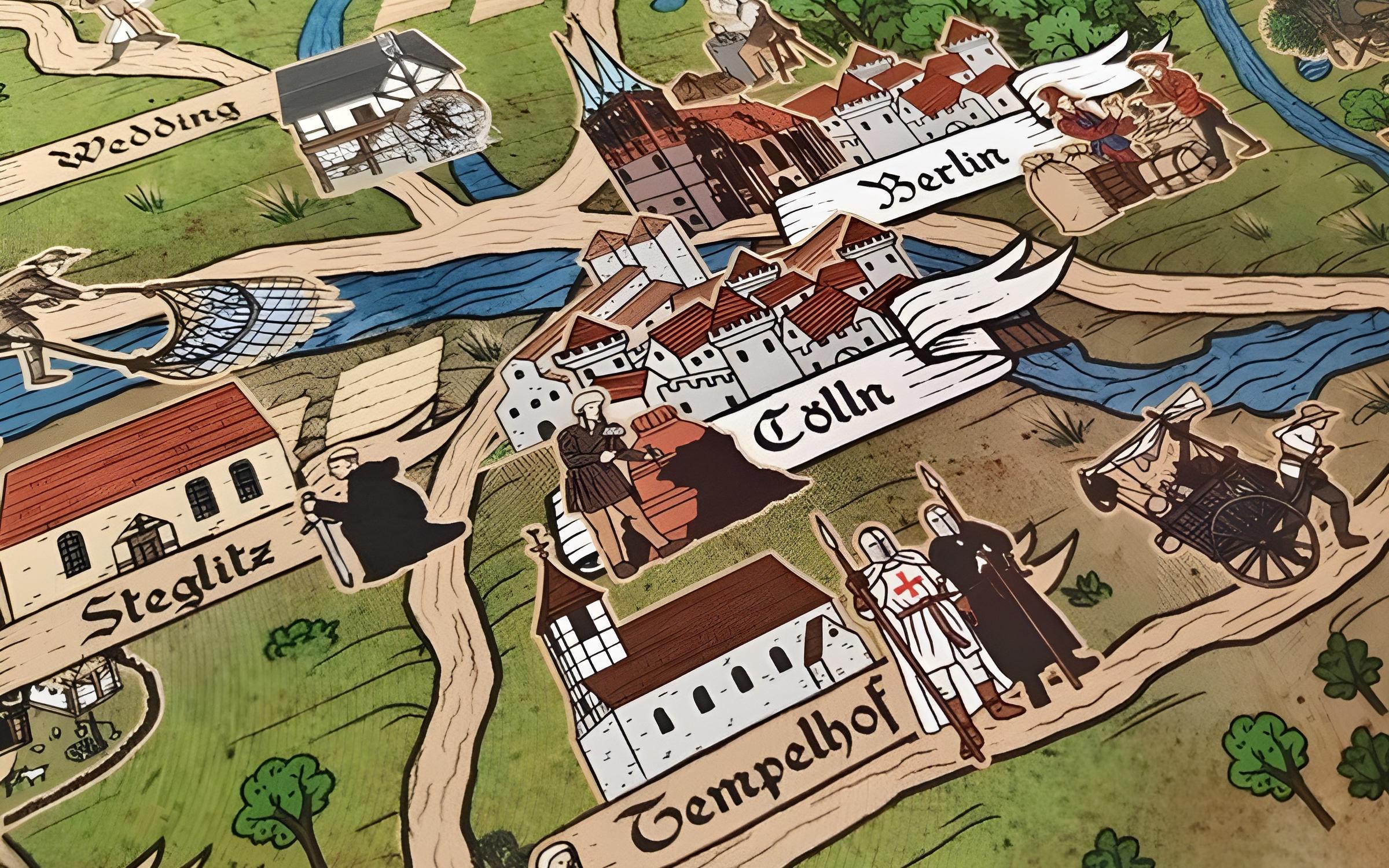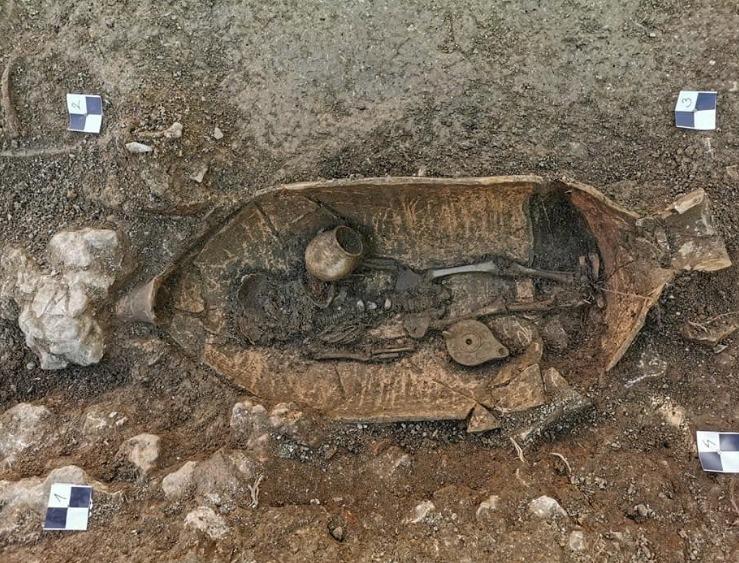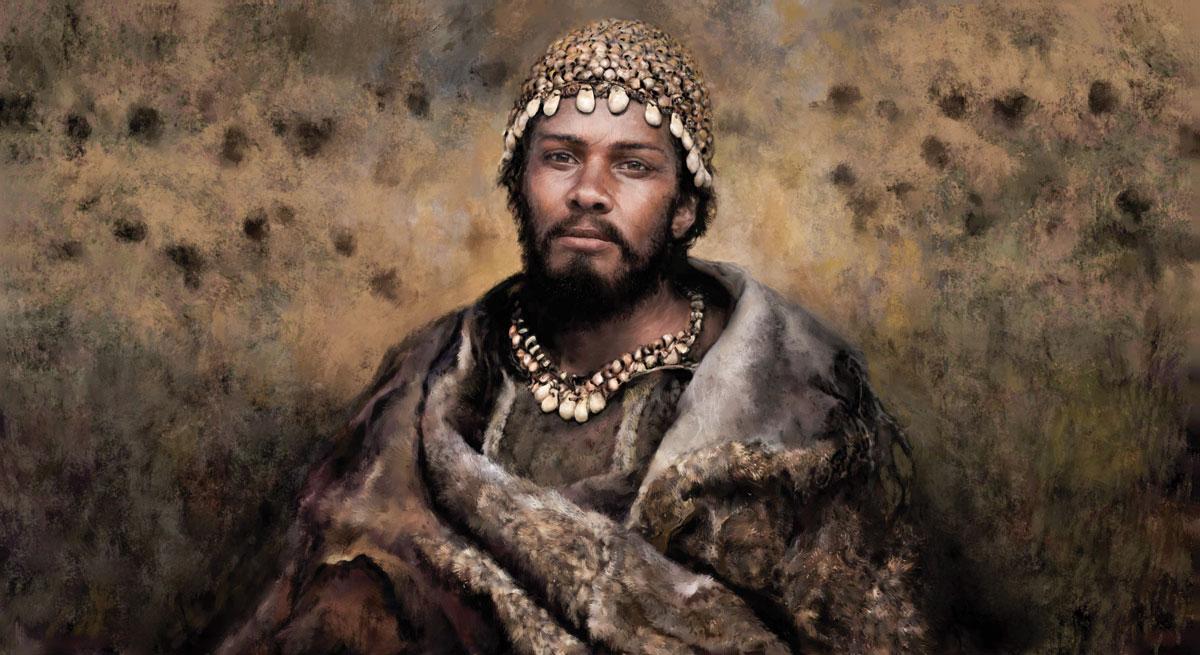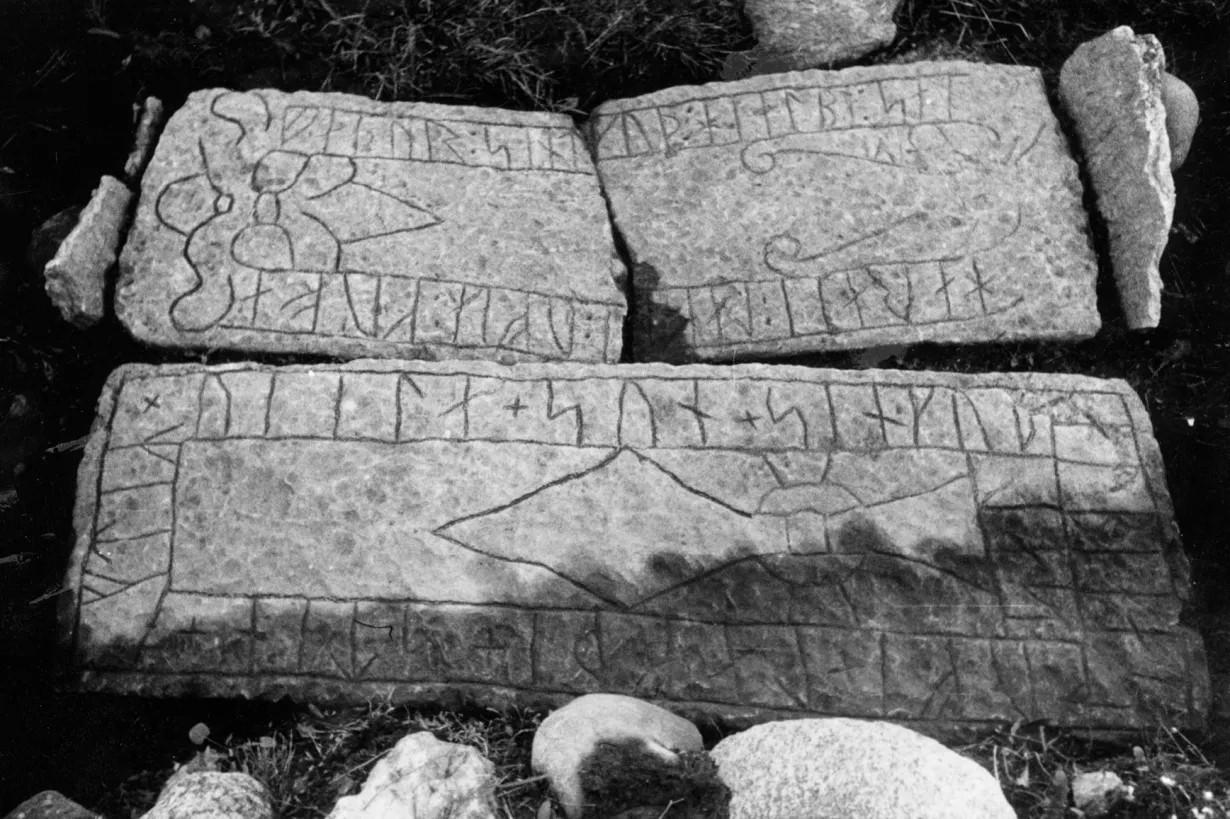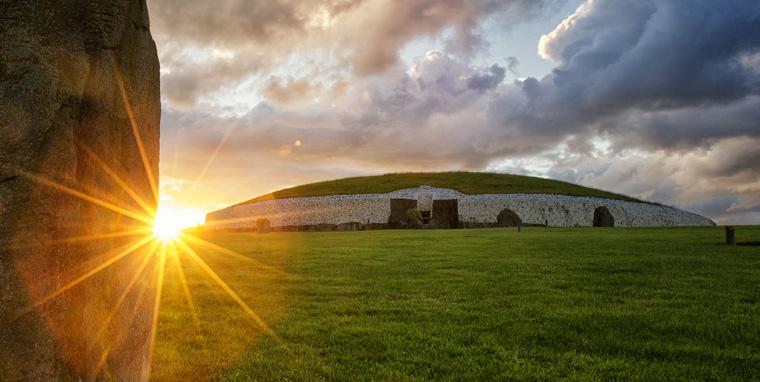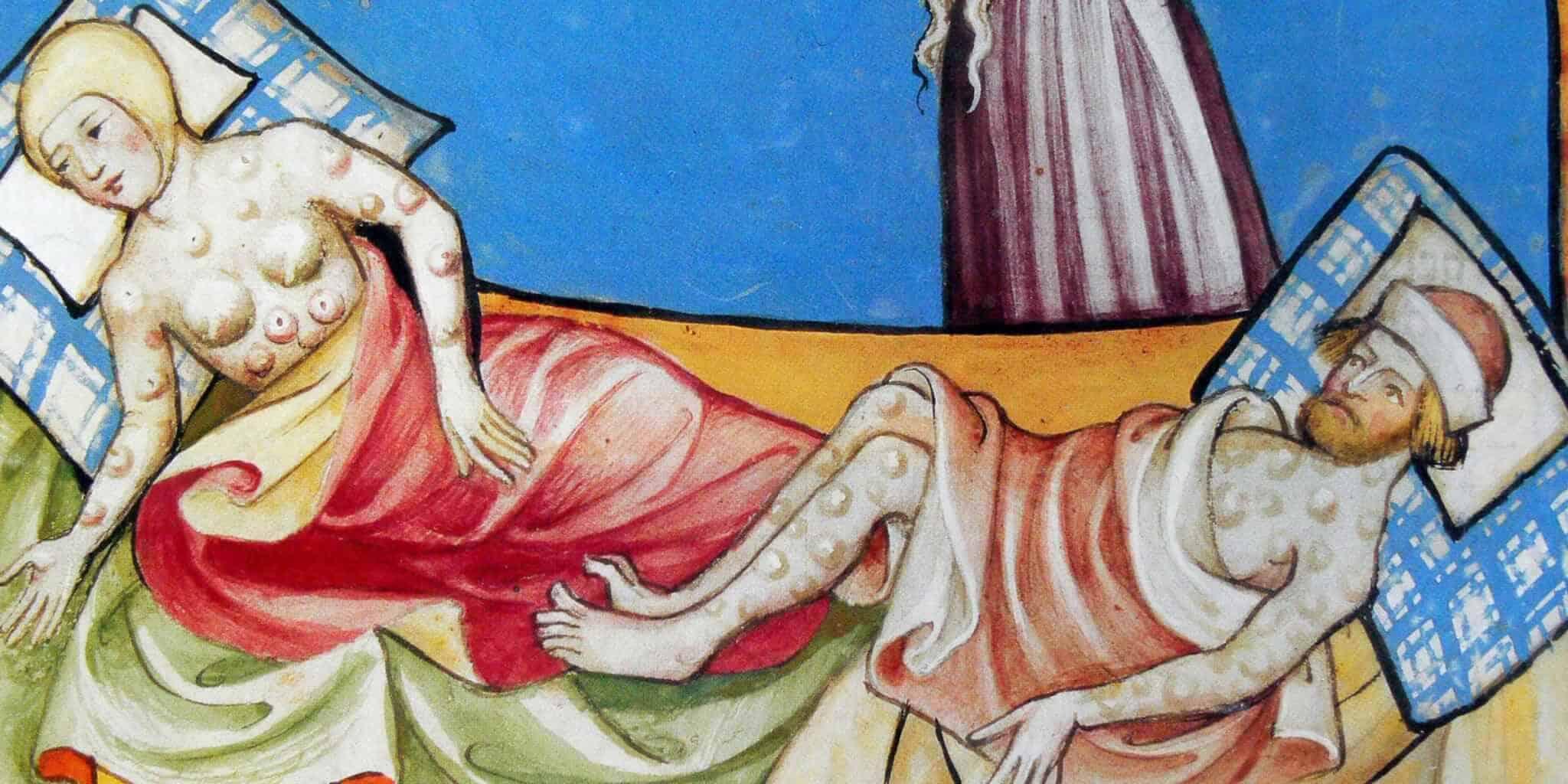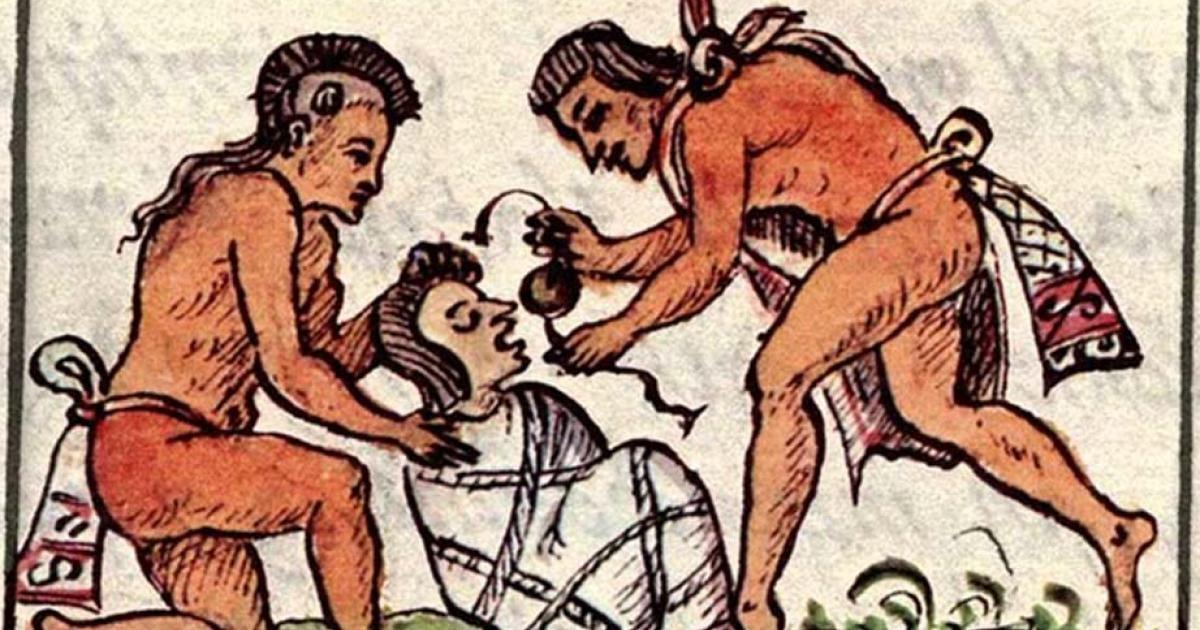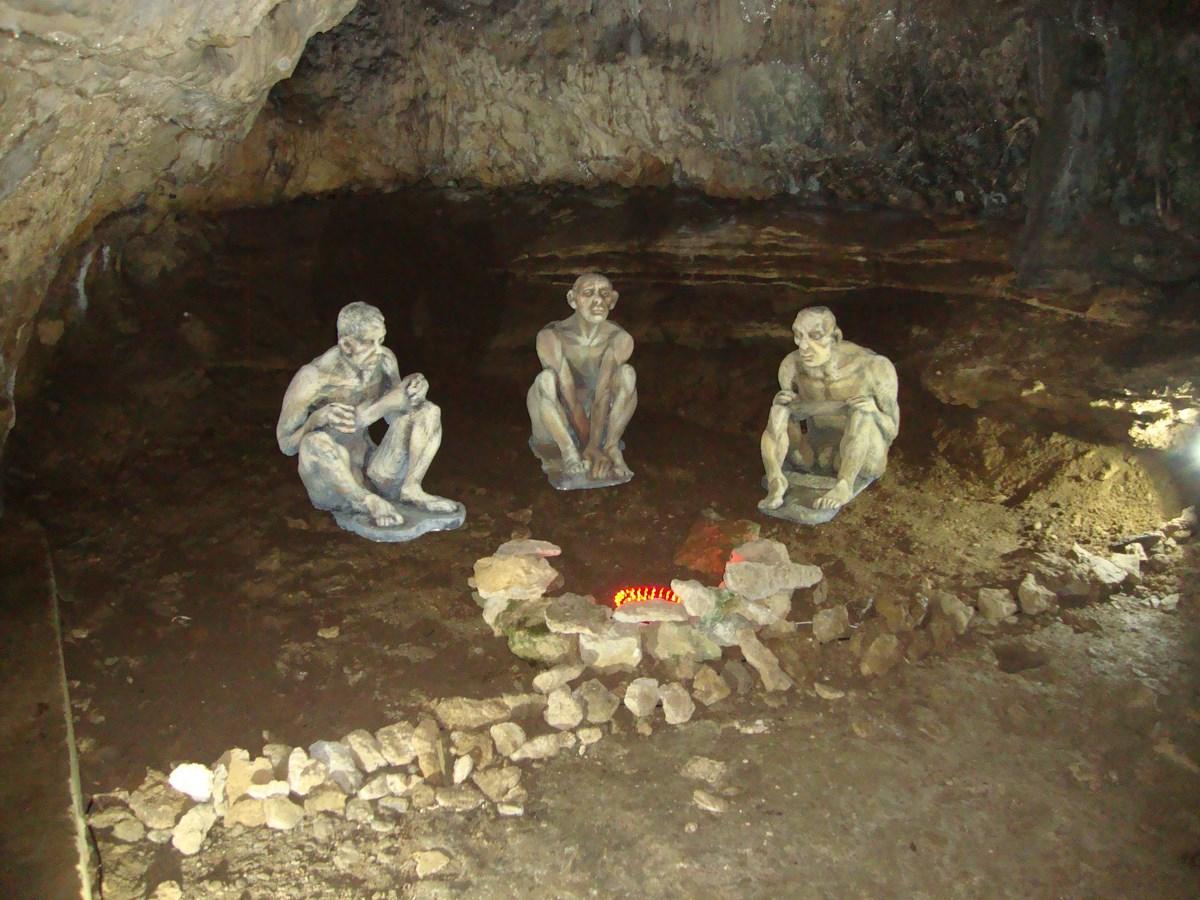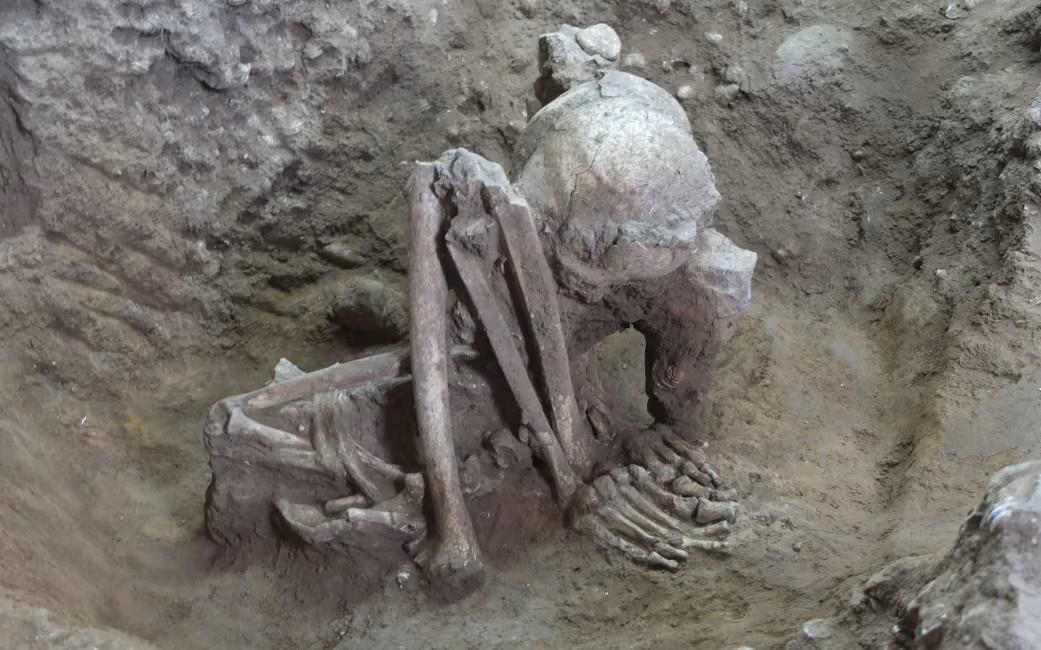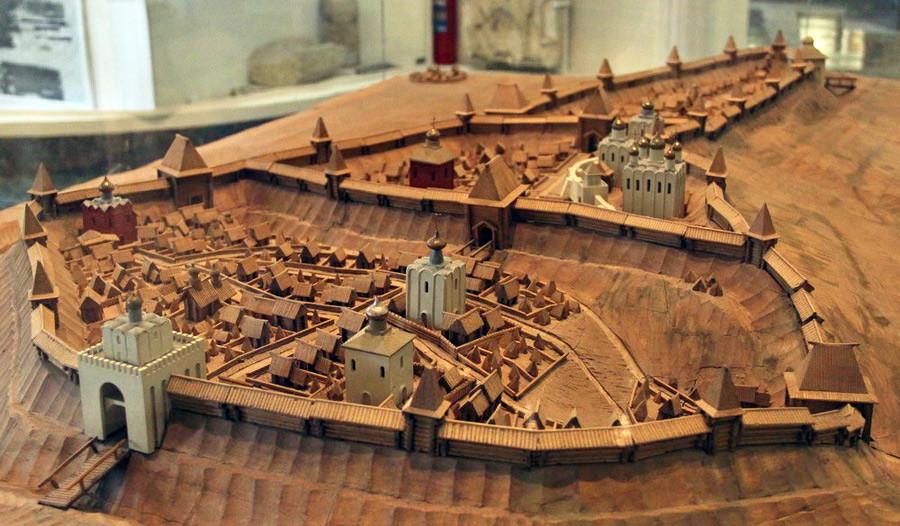


Ancient Sacrifice in Neolithic Shimao, Northern China
The Genetic History of Shimao: Ancient DNA Reveals Continuity and Contact on China's Northern Frontier Ancient DNA Reveals Continuity and Contact on China's Northern Frontier Origins and Genetic Continuity: From Yangshao Villages to Shimao's Stone City The genetic story of Shimao traces back moreLatest Articles

DNA reveals 1,500 Years of Chono Population History in Chilean Patagonia
Peopling the Southern Cone and Patagonia: Ancient DNA Reveals Maritime Heritage Peopling the Southern Cone and Patagonia: Ancient DNA Reveals Maritime Heritage Introduction: The Far Southern Americas The Southern Cone of the Americas encompasses the vast territories of modern Chile and Argentina, extending down to the windswept archipelagos of Patagonia.
Ancient Sacrifice in Neolithic Shimao, Northern China
The Genetic History of Shimao: Ancient DNA Reveals Continuity and Contact on China's Northern Frontier Ancient DNA Reveals Continuity and Contact on China's Northern Frontier Origins and Genetic Continuity: From Yangshao Villages to Shimao's Stone City The genetic story of Shimao traces back more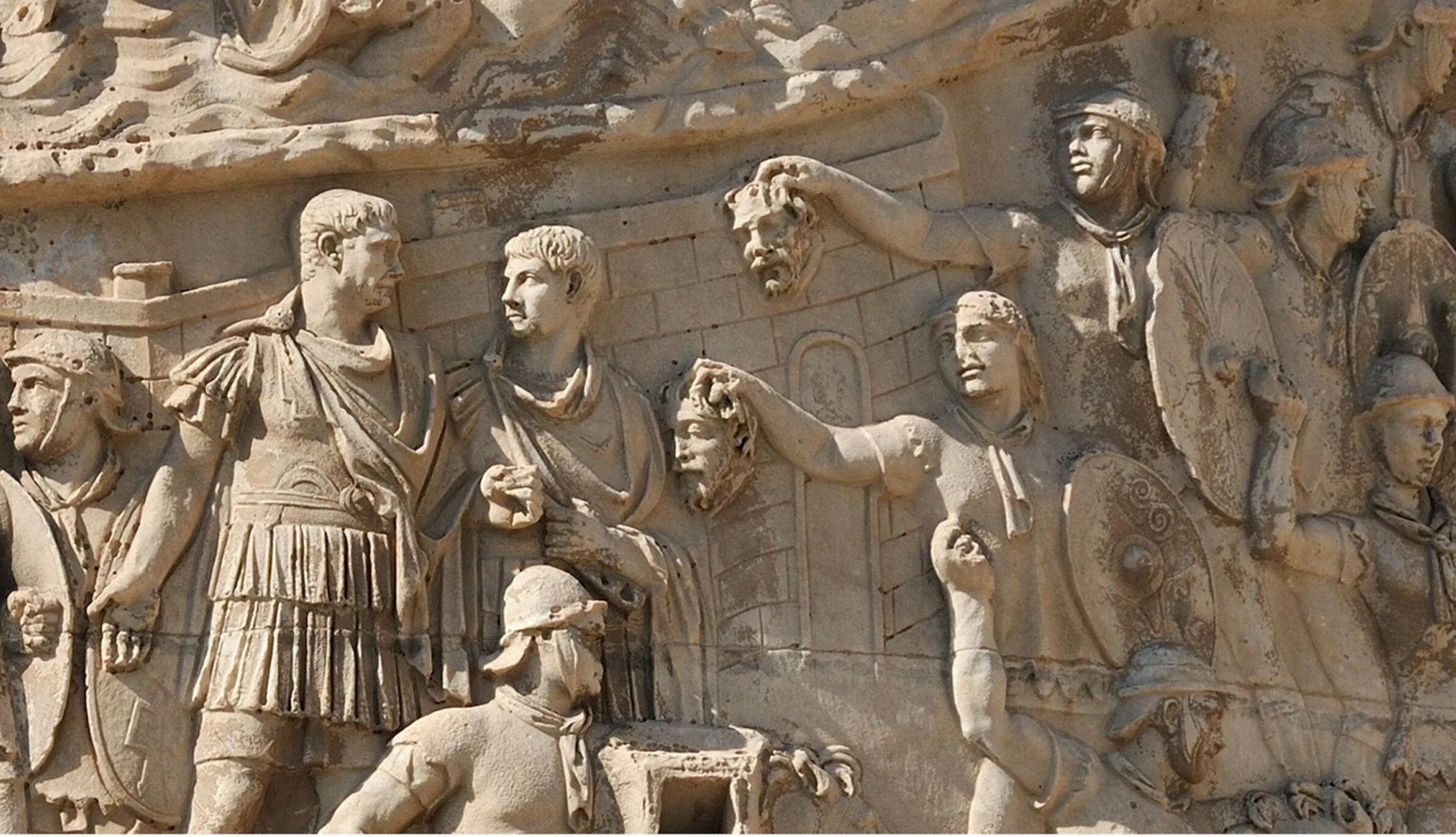

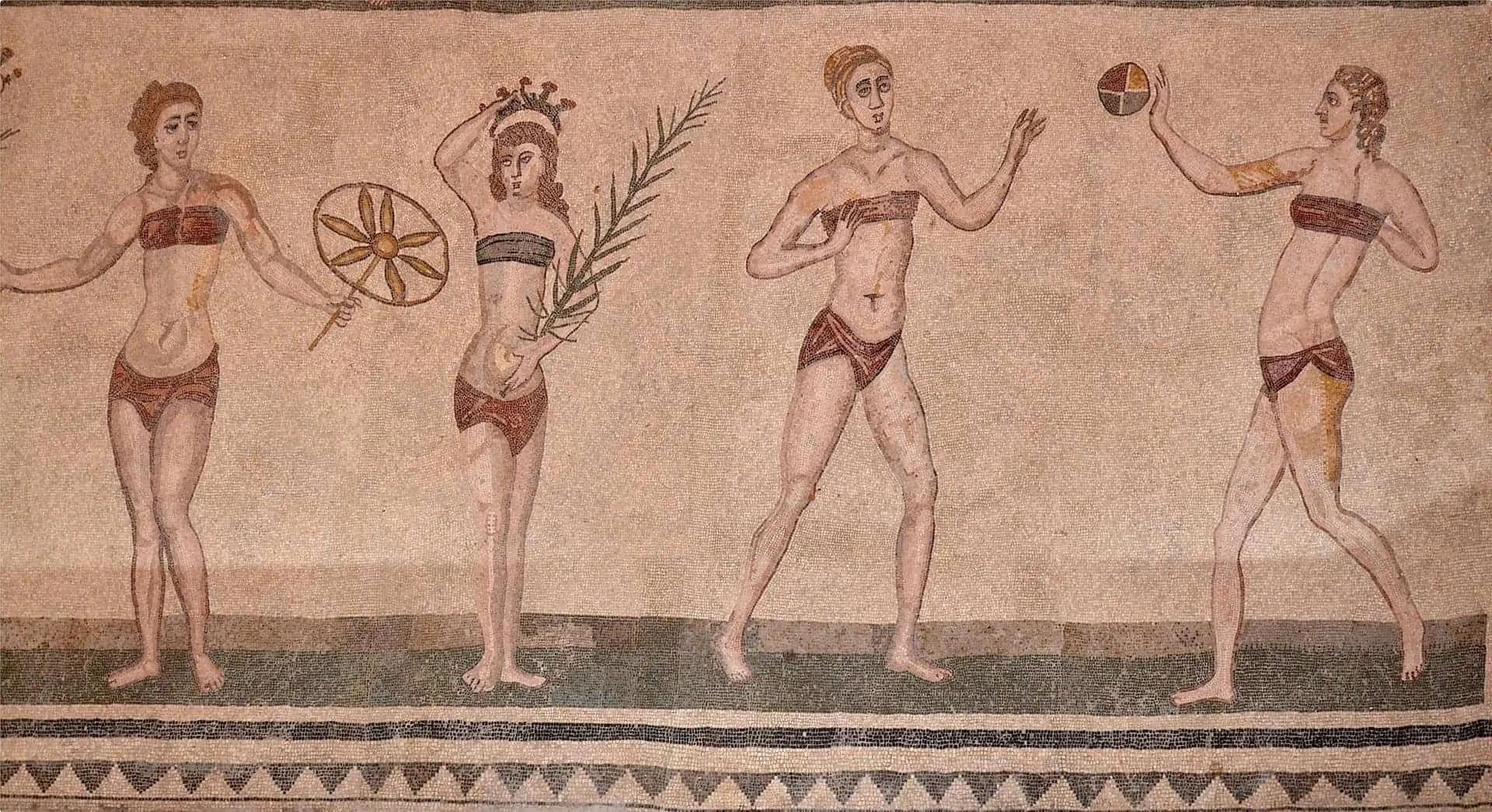
Tracing 15 Millennia of Maternal Heritage: Mitochondrial DNA Reveals Sicily’s Genetic Continuity from the Paleolithic to the Present
Mitogenome Evolution in Sicily: 15,000 Years of Genetic History Mitogenome Evolution in Sicily: 15,000 Years of Genetic History The comprehensive study by Tommasi et al. offers an extraordinary journey into the heart of Sicily's genetic past, exploring a magnificent mosaic of cultures that converged on this
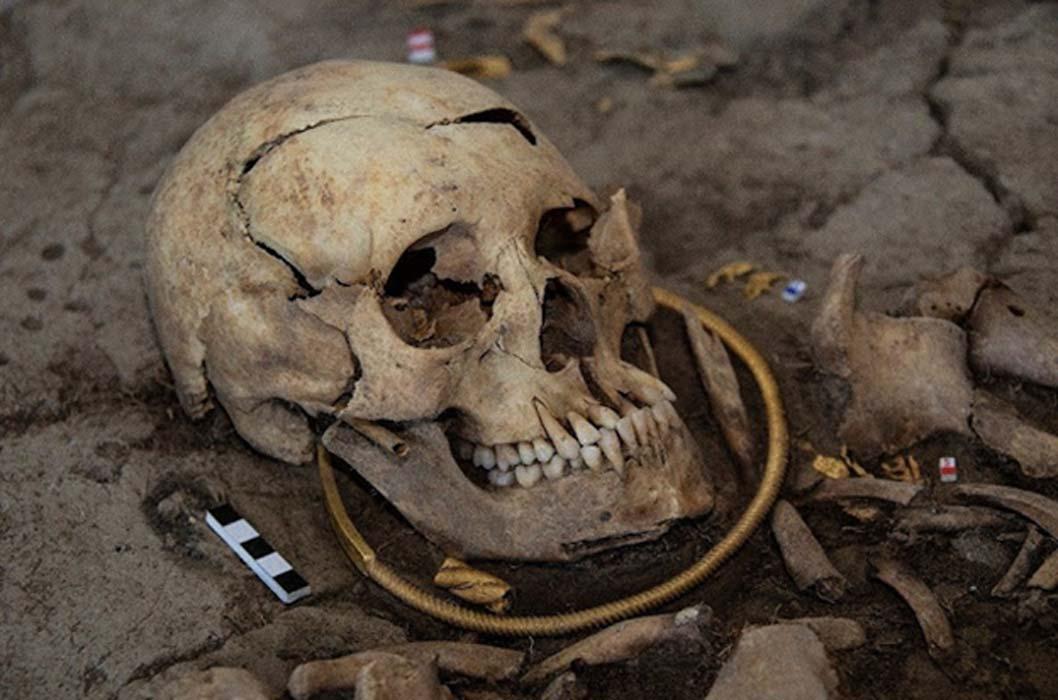
Unraveling Iron Age Saka Culture through Ancient DNA Analysis in Kyrgyzstan
The Genetic Tapestry of Iron Age Saka Culture Unveiling the Genetics of Iron Age Saka Culture The mighty Saka, a remarkable nomadic civilization of the Iron Age, left their indelible mark on the vast Eurasian Steppe. Recent archaeological and genetic studies have revealed extensive insights from the Boz-Barmak burial ground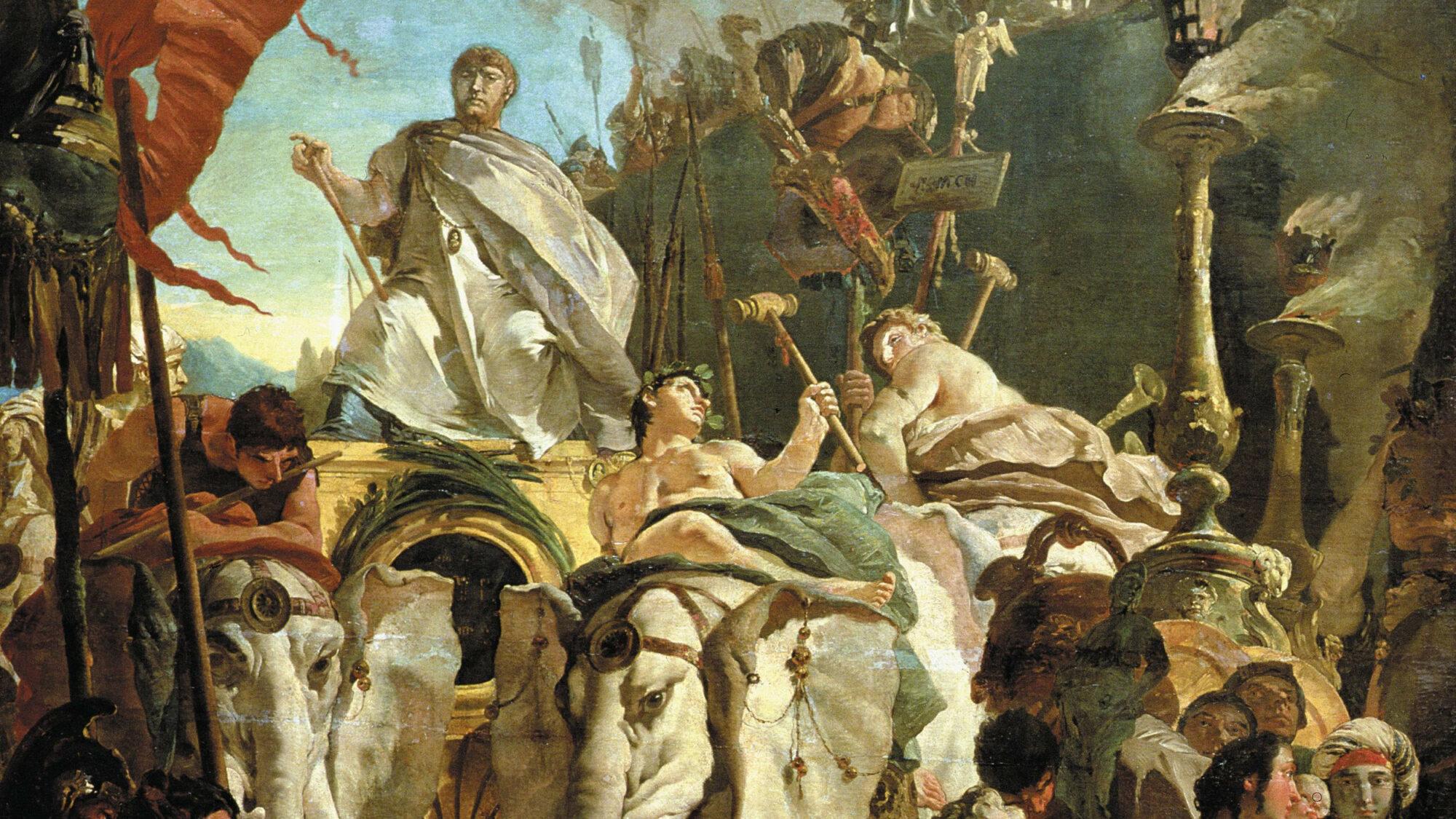
The Ancient Corinthian Colony Amvrakia and Its Mother City Corinth
Archaeogenomics of Ancient Greek Colonies Discovering Ancient Ties through DNA The genetic affinities between ancient Greek colonies and their mother cities provide fascinating insights into the migration patterns and cultural transmissions of ancient civilizations. The study of Amvrakia, a significant Corinthian colony in western Greece, highlights these connections beautifully throughCivilizations
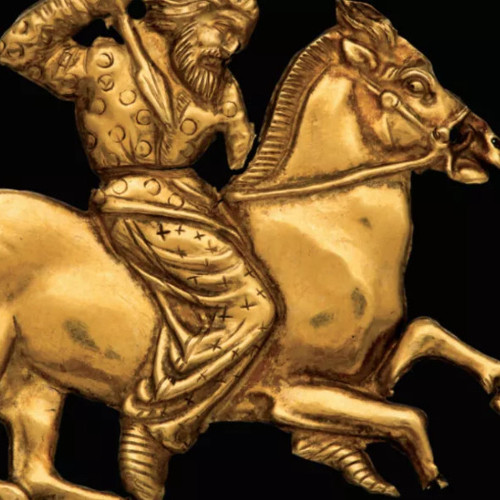
Scythians Discussion
Dedicated for all DNA, Analysis Results, History, Research topics related to: Scythians Scythians had a reputation as the epitome of savagery and barbarism - they were among the earliest peoples to master mounted warfare. They lived in tent-covered wagons and fought with composite bows shot from horseback. With great mobility,
Ostrogoths Discussion
Dedicated for all DNA, Analysis Results, History, Research topics related to: Ostrogoths Originating from Scandinavia, the Goths of Eastern Europe were shattered when Attila and the Huns blasted onto the scene. The Gothic kingdom was split - those who crossed the Danube to enter the Roman Empire became the Visigoths.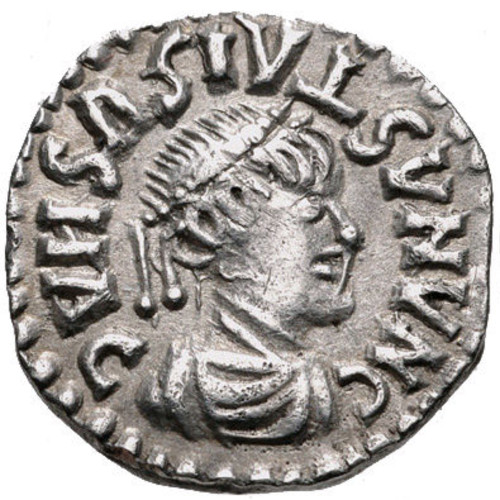
Gepids Discussion
Dedicated for all DNA, Analysis Results, History, Research topics related to: Gepids Gepids were a Germanic tribe realted to the Goths, described as tall and blond-haired. The Gepids fought alongside the Huns against the Roman Empire around 440 AD. Later the Gepids founded a kingdom known as Gepidia in the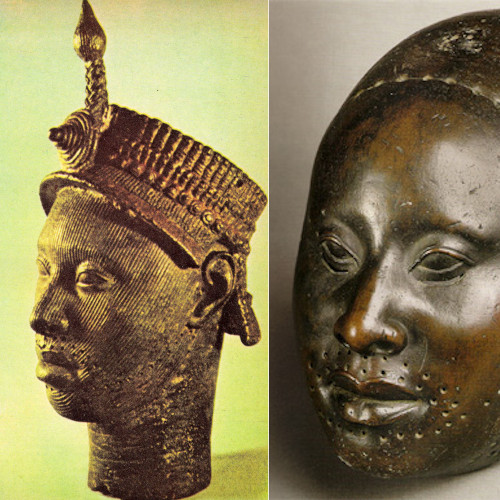
Yoruba Peoples Discussion
Dedicated for all DNA, Analysis Results, History, Research topics related to: Yoruba Peoples The Yoruba people are an African ethnic group that inhabits western Africa. They developed out of earlier Mesolithic Volta-Niger populations by the first millennium BC. The Yoruba were the dominant cultural force in southern Nigeria as farLatest Articles

DNA reveals 1,500 Years of Chono Population History in Chilean Patagonia
Peopling the Southern Cone and Patagonia: Ancient DNA Reveals Maritime Heritage Peopling the Southern Cone and Patagonia: Ancient DNA Reveals Maritime Heritage Introduction: The Far Southern Americas The Southern Cone of the Americas encompasses the vast territories of modern Chile and Argentina, extending down to the windswept archipelagos of Patagonia.
Ancient Sacrifice in Neolithic Shimao, Northern China
The Genetic History of Shimao: Ancient DNA Reveals Continuity and Contact on China's Northern Frontier Ancient DNA Reveals Continuity and Contact on China's Northern Frontier Origins and Genetic Continuity: From Yangshao Villages to Shimao's Stone City The genetic story of Shimao traces back more


Tracing 15 Millennia of Maternal Heritage: Mitochondrial DNA Reveals Sicily’s Genetic Continuity from the Paleolithic to the Present
Mitogenome Evolution in Sicily: 15,000 Years of Genetic History Mitogenome Evolution in Sicily: 15,000 Years of Genetic History The comprehensive study by Tommasi et al. offers an extraordinary journey into the heart of Sicily's genetic past, exploring a magnificent mosaic of cultures that converged on this

Unraveling Iron Age Saka Culture through Ancient DNA Analysis in Kyrgyzstan
The Genetic Tapestry of Iron Age Saka Culture Unveiling the Genetics of Iron Age Saka Culture The mighty Saka, a remarkable nomadic civilization of the Iron Age, left their indelible mark on the vast Eurasian Steppe. Recent archaeological and genetic studies have revealed extensive insights from the Boz-Barmak burial ground

